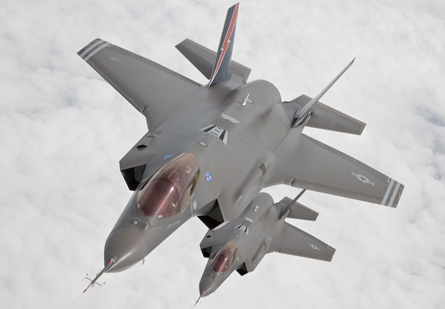The Israeli air force is preparing a long-term forecast on its fleet requirements, as part of the decision process leading to its planned procurement of the Lockheed Martin F-35 Joint Strike Fighter.
In its forecast, the service will attempt to assess its needs for manned combat aircraft 30 years from now. The work is intended to determine whether it has a need for more than the 22-25 F-35s being eyed for purchase.
The air force's work will be based on the available assumptions about the future use of unmanned air vehicles. The pace at which it has introduced such systems into its operational fleet has increased constantly over recent years.
 |
|---|
© Lockheed Martin |
Meanwhile, negotiations between Israel and Lockheed about the proposed deal have reached a final stage. In a recent round of talks, the air force again emphasised that agreeing to an early delivery of the F-35 would have a "price".
In late May a senior defence source said: "The F-35 in the service of the Israeli air force will facilitate sales to other air forces. But the procurement from the first production batches has its problems. This should be reflected in the terms of the deal."
Negotiations between Israel and the USA now hinge on three main issues: the F-35's price; the number of Israeli-made systems which will be integrated with the fighter; and the level of offset that Israeli defence companies will get.
Source: Flight International























